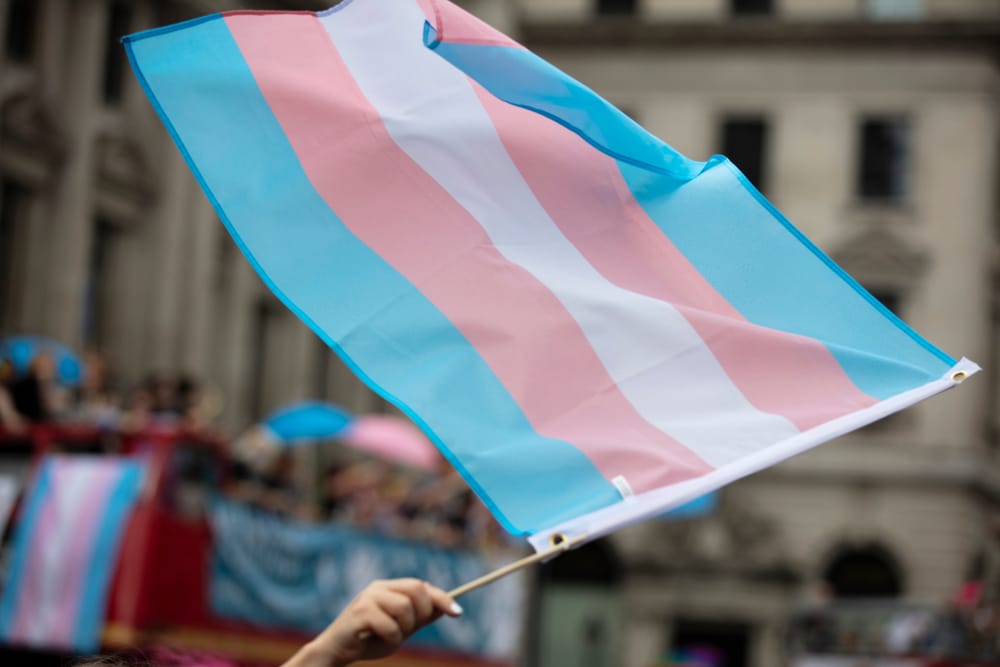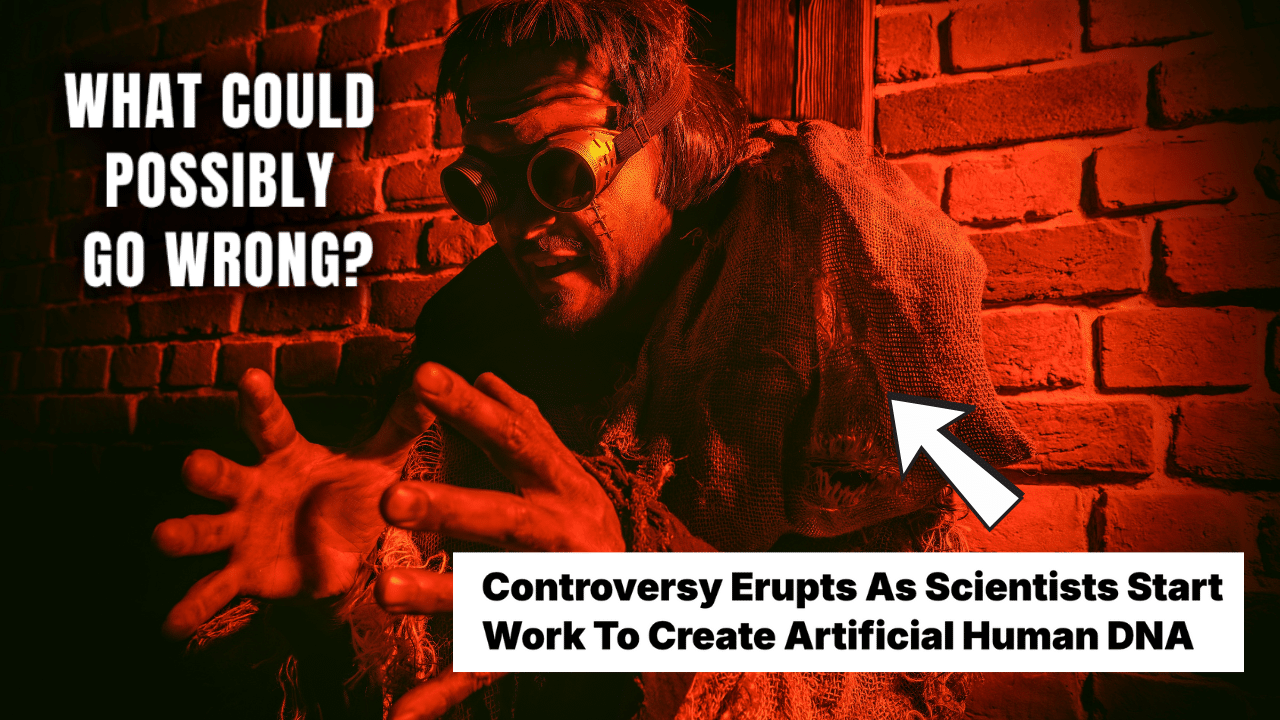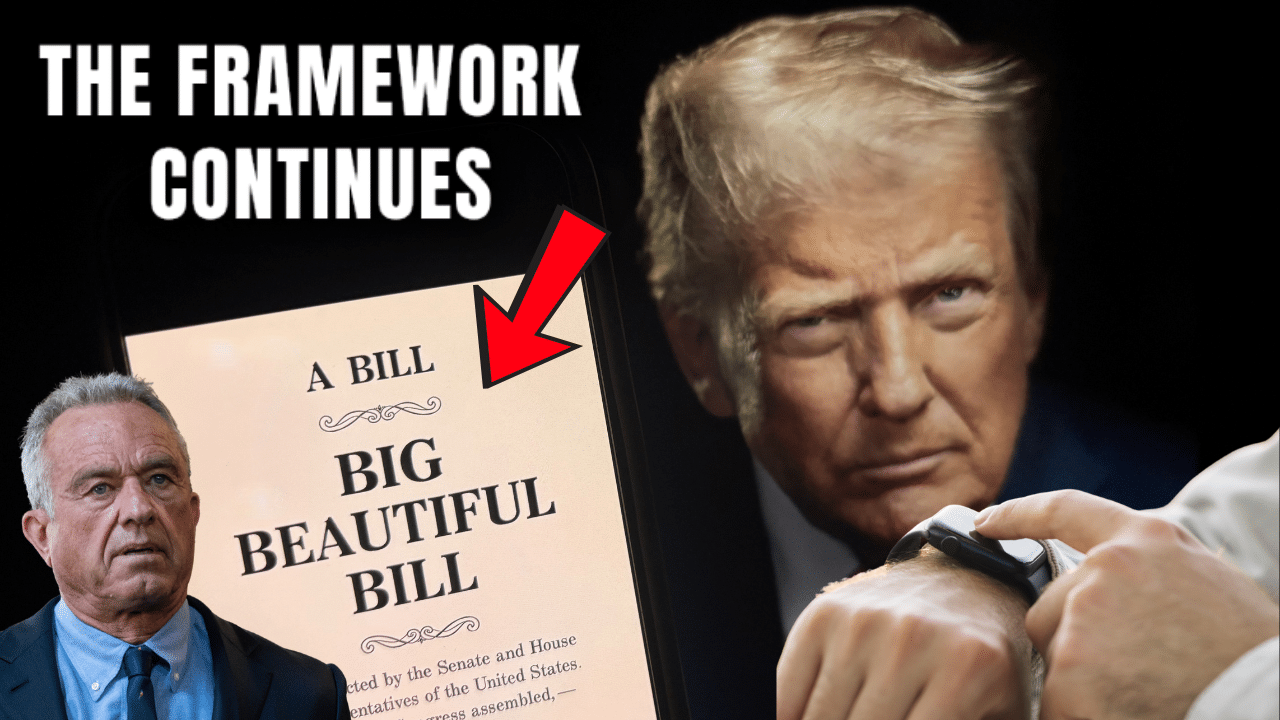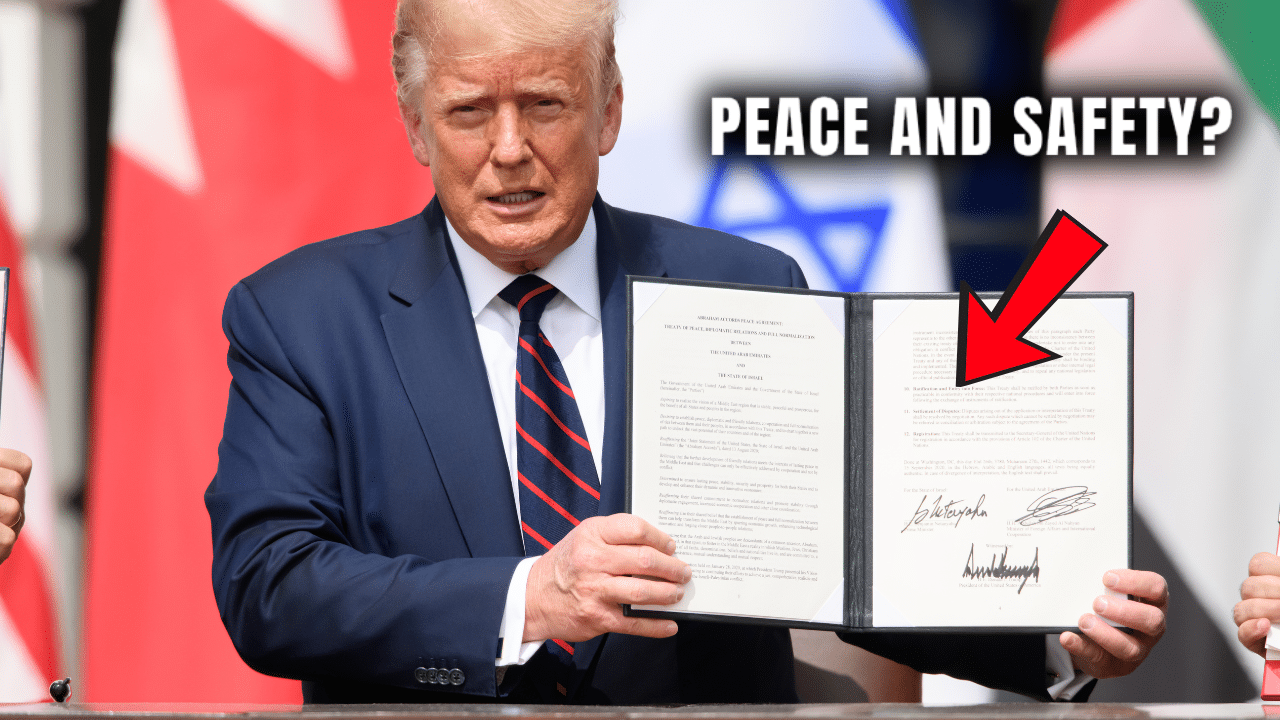The interim director for the Smithsonian’s planned American Women’s History Museum revealed that the museum will also feature biological men who identify as women.
According to the Christian Post, Interim Director Lisa Sasaki recently told The New York Times that the museum, which pays homage to female historical figures, including suffragists and civil rights leaders, will honor women’s contributions to science, politics and popular culture.
Specifically, Sasaki said the museum would highlight the accomplishments of women like suffragist and civil rights activist Mary Burnett Talbert, actress Anna May Wong and Vice President Kamala Harris’ mother and breast cancer researcher, Shyamala Gopalan. Another aspect of the museum would allow visitors to submit their personal stories through the institution’s oral history program.
Sasaki argued that there is no “monolithic experience of womanhood,” saying she plans to include men who identify as women. The interim director believes that it’s essential for the museum to feature trans-identified people, citing a “deep partisan divide” about accepting those who claim transgender identities.
“We have a job to build a museum that’s going to serve the public for a very, very long time,” Sasaki was quoted as saying. “From the DNA of this museum, there has been a desire to be inclusive.”
The exhibit comes amid ongoing debates about including biological men in female-designated spaces, including women’s sports and restrooms. Regarding athletics, 18 states have enacted policies banning trans-identified biological males from competing in female sports.
The bans highlight arguments about competitive fairness and whether allowing biological men into female spaces celebrate males in areas intended to commemorate women’s achievements.
Sasaki provided incoming staff and her advisory council with the book she’s been reading, A Fool’s Errand, to help prepare them for potential criticisms they may encounter.
The book, written by the Smithsonian Secretary Lonnie G. Bunch III, describes the challenges of building the National Museum of African American History and Culture, both personal and architectural.










